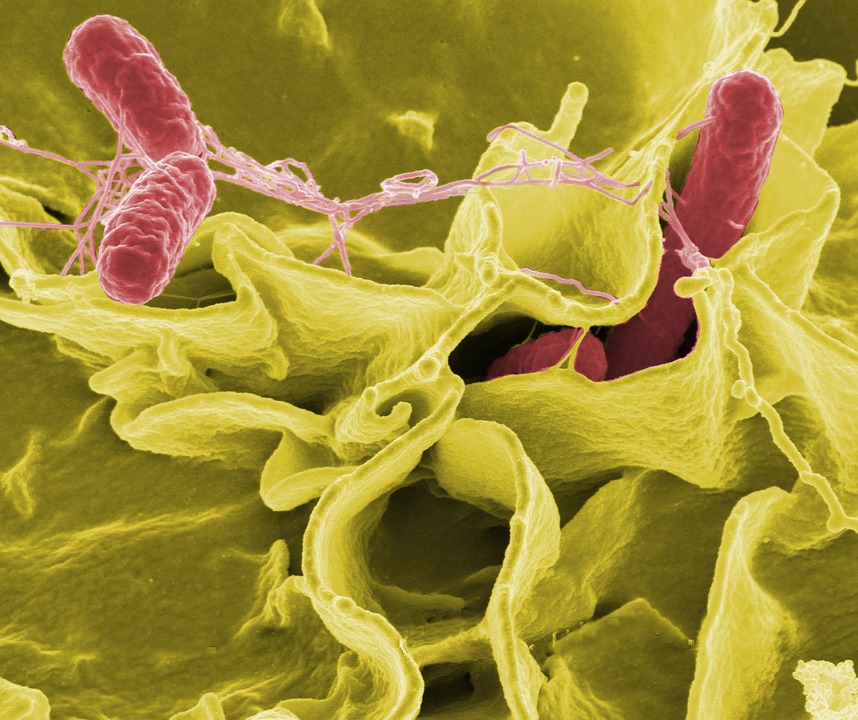
“We decided to look into this because the practice is so widespread. The topic might appear ‘light’ but we wanted our results backed by solid science”, said Rutgers researcher Donald Schaffner.
Donald Schaffner and Robyn Miranda from Rutgers University had questioned “the five second rule”, conducted lab tests, and published their findings in the journal of Applied and Environmental Microbiology. The five second rule is the extremely popular urban legend that if you drop food on the ground, and pick it up quickly (within five seconds), the food will not have had enough time to become contaminated.
The lab analyzed four ground surfaces (stainless steel, ceramic tile, wood and carpet), four foods (watermelon, bread, bread and butter, and gummy candy) and four contact times (less than a second, five seconds, 30 seconds and 300 seconds). In order to contaminate the surfaces for testing, they used Enterobacter aerogenes. This bacteria is related to Salmonella, does not make us sick and can be found in our GI tract.
So what is the most important factor in the transfer of germs to fallen food on the ground? Schaffner said moisture! For a given length of time of contact, the watermelon ranked highest in contamination and the gummy candy ranked lowest. Moisture facilitates transfer of bacteria between surfaces, and the wetter the surface, the more easily they can move.
It turns out that there is at least some truth in the five second rule. The longer the contact time with a surface, or the longer the food is on the ground, the higher the food contamination usually is.
But there is also a third factor coming into play according to Schaffner. The type of surface makes a difference. Transfer of bacteria from carpet ranked lower than stainless steel and tile, and wood tended to be variable.
So what is the take home message? There is some truth to the five second rule. Picking up food off of the ground quickly will contaminate it less than leaving it there for a minute. However, of equal or greater importance to bacterial transfer is the type of ground surface you are dropping the food onto. The rule breaks down because it does not take into account the most important factor of all concerning bacterial transfer, moisture. Further, “Bacteria can contaminate instantaneously”, said Schaffner.
There is however one last unanswered question. Considering your typical ground surface, at what point do we start getting sick if at all? The study has shown that the five second rule is not entirely accurate because moisture and surface type outweigh exposure time within the times that had been tested in regards to contamination level. But does dropping food on the ground for five seconds on average allow for a high enough buildup of bacteria to cause illness?








